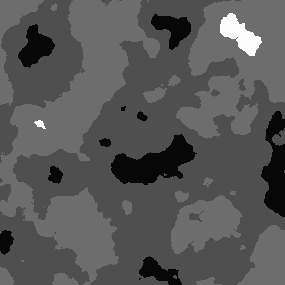
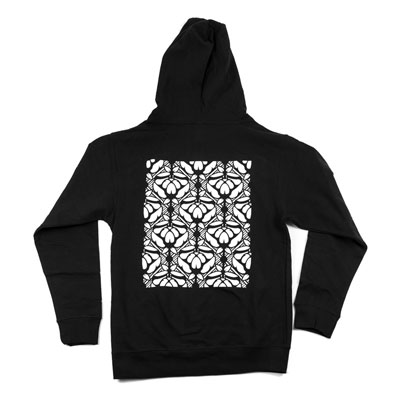
.jpg)
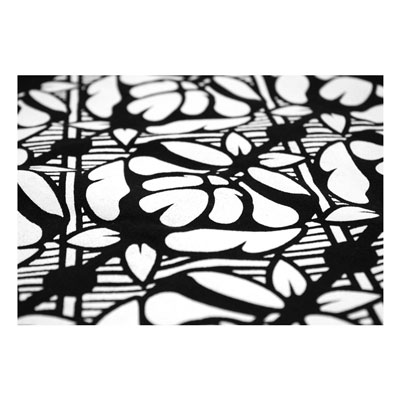
.jpg)
Garment:
Unisex midweight 8.5oz pullover hoodie made from 80% ringspun cotton 20% polyester.
Print:
2-location manual screen print with plastisol ink.
Sizing (in):
Height (HPS) / Chest Width / Sleeve Length
S: 28 / 20 / 34.5
M: 29 / 22 / 35.5
L: 30 / 24 / 36.5
XL: 31 / 26 / 37.5
NUGGETS🐣
Line Economy is a simplification exercise reducing complexity into its basic components. The subject of this exercise is the PETALS series. Scalability was the primary criteria for simplification. While PETALS was designed specifically for scale equal to or greater than 14 x 14 in., the Line Economy versions were designed to scale as small as 1/2 x 1/2 in. Any lines incapable of conveying information at minimum scale were reevaluated or eliminated completely.
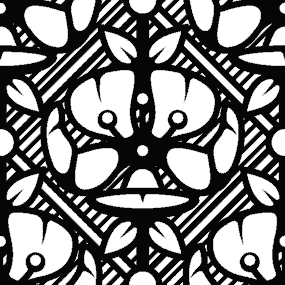
The title Line Economy comes from the economy of line method used in figure drawing. This method requires artists to use lines efficiently, expressing the model's curvature with as few strokes as possible1. This maximizes the information each stroke conveys and provides guided negative space.
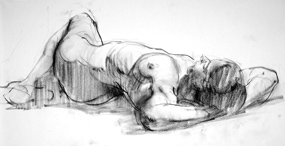
Further exploration into the components of form lead to a deeper curiosity about the building blocks creating variation in organisms. If a line can create an infinite depiction of form, what is the equivalent creating infinite variations in nature?
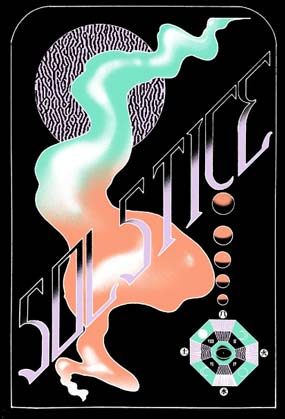
I was introduced to Turing patterns through the work of Patrick Savile, a London-based graphic artist and collaborator with the likes of Bokeh Versions, Clams Casino, and Adidas.
Savile had used the Turing pattern subtly in amorphic compositions which tethered my mind between the organic and the metaphysical. Seeing these patterns used tactfully in design was a jumping off point towards researching their origin.
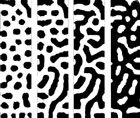
Turing patterns are a biological footprint in nature identified by computer scientist and mathematician Alan Turing in his 1952 paper “The Chemical Basis of Morphogenesis.” His paper hypothesized that a symmetrical homogenous embryo can form variation when influenced by morphogens. He believed morphogens induce enough change within the embryo to trigger attributes such as limbs, organs, and patterns2. Morphogenesis provides an explanation for infinite variations brought together by a common signature.

Generative art is another example of simplifying a complex process down to its core function. Generative art requires the use of a predetermined system (often a computer) producing various results based on a user's input3. The four progressive iterations of the Turing pattern used in Line Economy were created using cloud diffusion software. Similar to biological growth, these patterns progressively deepen with each iteration of the program.
